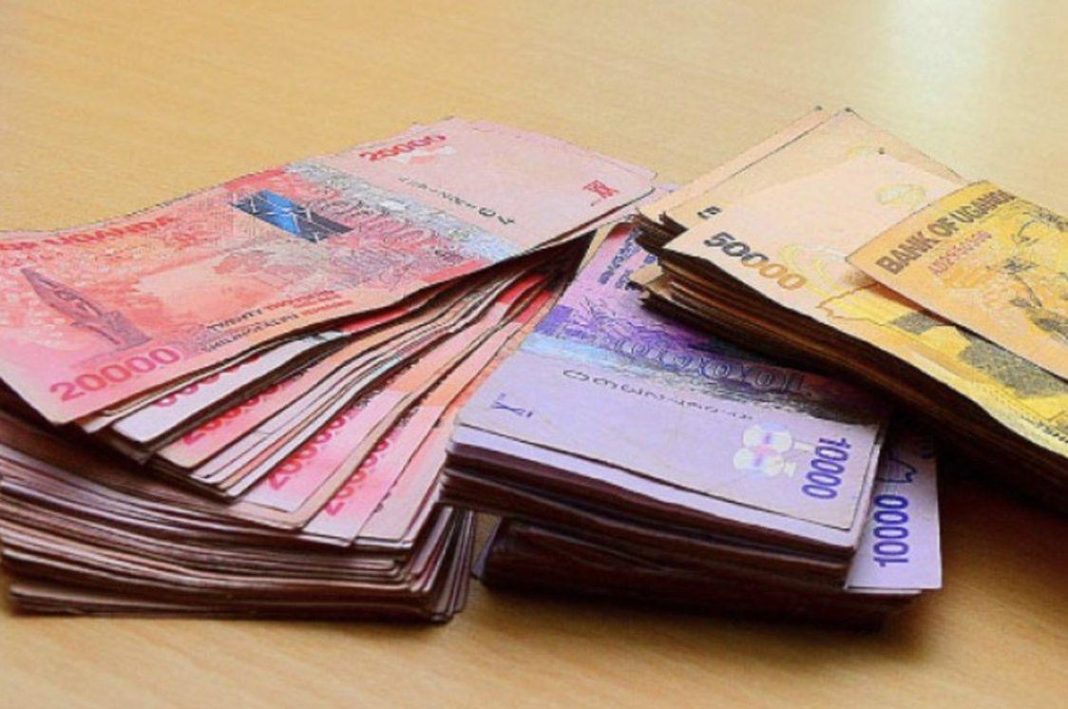By David Mwanje
Uganda’s annual inflation slowed to 3.4 percent in the year ending October 2025, down from 4.0 percent in September, according to the latest figures from the Uganda Bureau of Statistics (UBOS). The moderation brings inflation closer to the Bank of Uganda’s 5 percent target, offering some relief to businesses and consumers.
UBOS attributed the decline to lower prices in key consumer categories, particularly core goods and services. Core inflation, which excludes food and energy, matched the headline rate at 3.4 percent, down from 4.0 percent the previous month.

The cost of essential food items such as sugar, beef, and local chicken eased notably. Sugar inflation dropped from 15.0 to 8.9 percent, beef fell from 13.3 to 11.6 percent, and local chicken prices declined from 9.3 to 2.9 percent. The bureau noted that these adjustments are helping businesses—especially restaurants, retailers, and processors—manage their input costs more effectively.
However, food crops remained unstable, with sweet potato inflation easing from 23.6 to 18.9 percent, and tomato prices falling from 30.4 to 18.8 percent. UBOS said the sector remains sensitive to weather conditions, which continue to influence supply and price patterns.
Inflation in services slowed from 5.1 to 4.5 percent, driven by a drop in accommodation costs and vehicle servicing charges. Accommodation prices eased from 4.2 to 3.2 percent, while motor vehicle servicing labour costs fell sharply from 33.3 to 0.4 percent. By contrast, inflation in education services rose from 6.3 to 7.6 percent, adding strain on household budgets.
Prices in the energy, fuel, and utilities category inched up by 0.1 percent after being negative in September. Charcoal rose from 5.5 to 6.3 percent, while petrol prices improved from -3.6 to -2.0 percent. Liquefied gas inflation fell further from -4.6 to -2.1 percent, offering some relief to households and small businesses.

On a monthly basis, inflation remained unchanged at 0.0 percent after a 0.5 percent rise in September. UBOS said this stability resulted from a 0.2 percent fall in food crop prices, offset by a 0.2 percent rise in services.
Across the regions, Kampala’s high-income households registered the highest annual inflation at 4.9 percent, while Mbale recorded the lowest at 0.6 percent. The variation, according to UBOS, reflects different consumption trends and cost pressures across income groups and locations.
The overall Consumer Price Index (CPI) stood at 137.59 in October, nearly unchanged from 137.61 in September, signaling stable prices across most categories. Economists say the slowdown in inflation is likely to support business confidence, especially with the Bank of Uganda maintaining its key policy rate at 10.25 percent.
Analysts expect inflation to remain moderate in the coming months as global fuel prices stabilize and domestic food supplies improve. However, they caution that any adverse weather shocks or supply disruptions could reverse the current trend.























